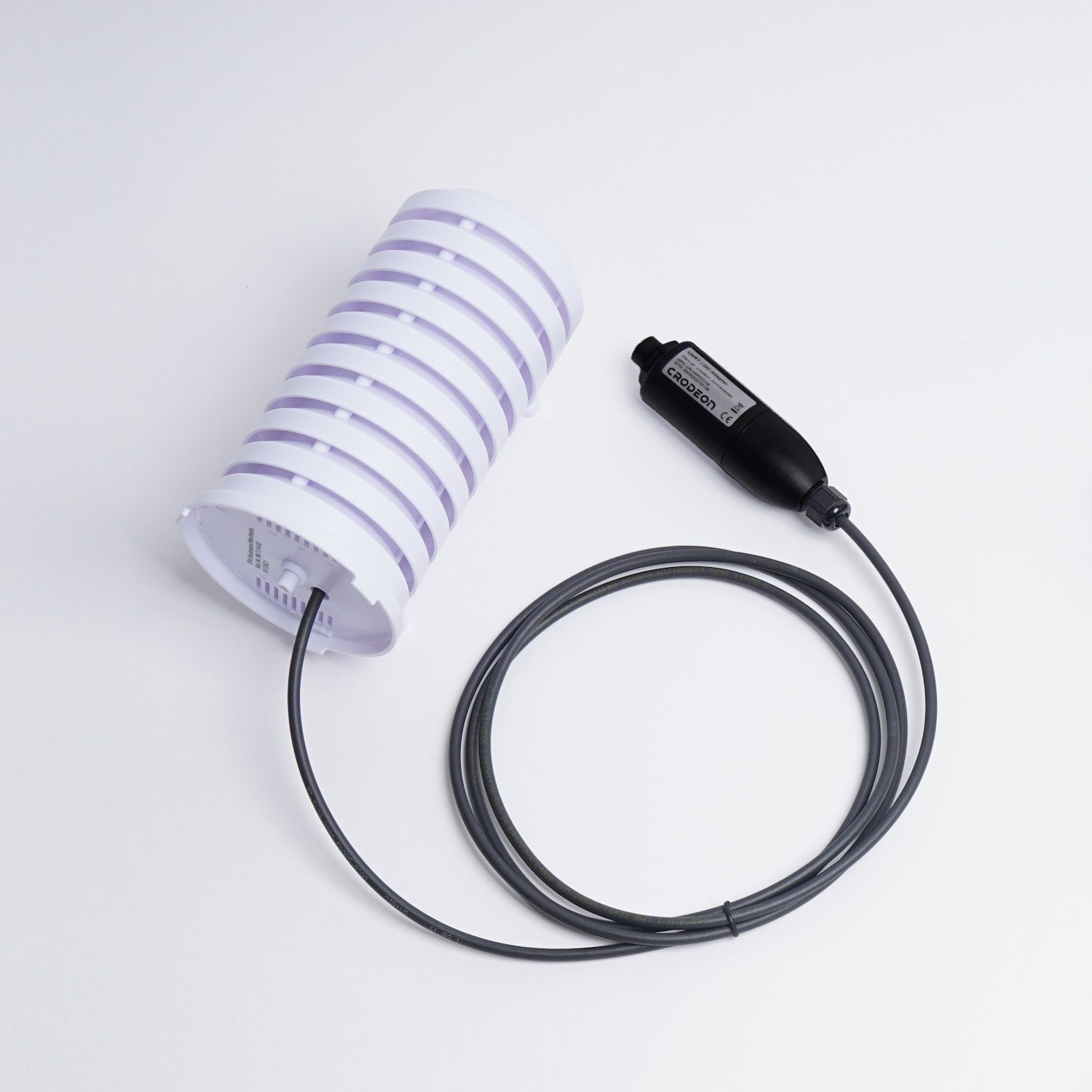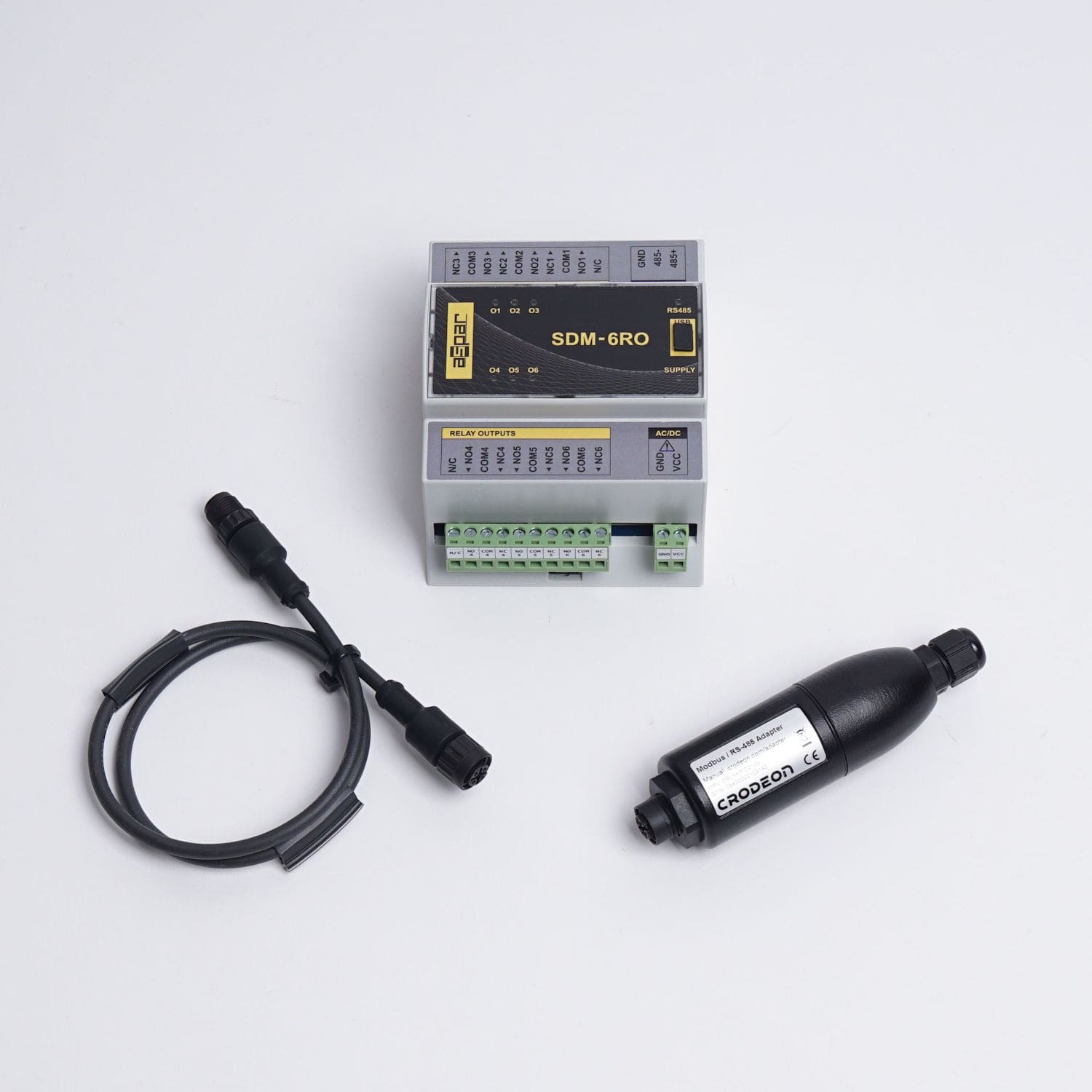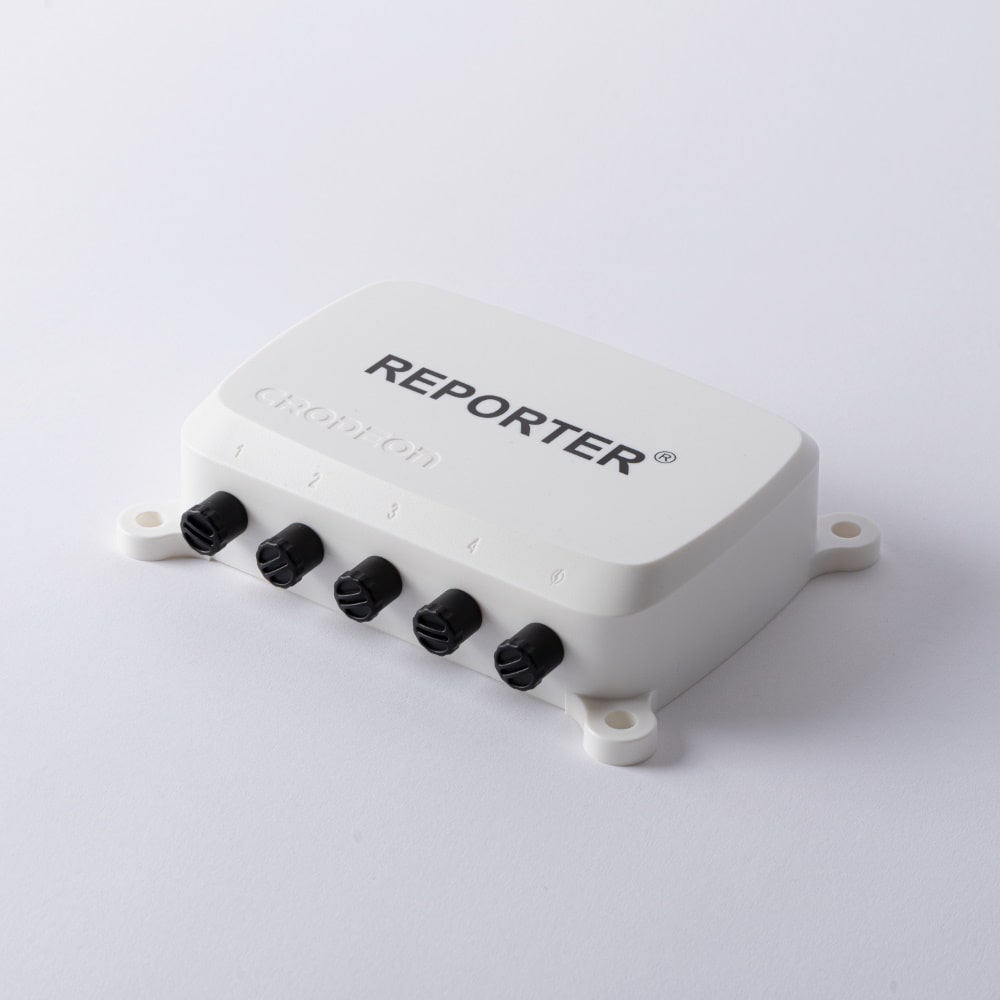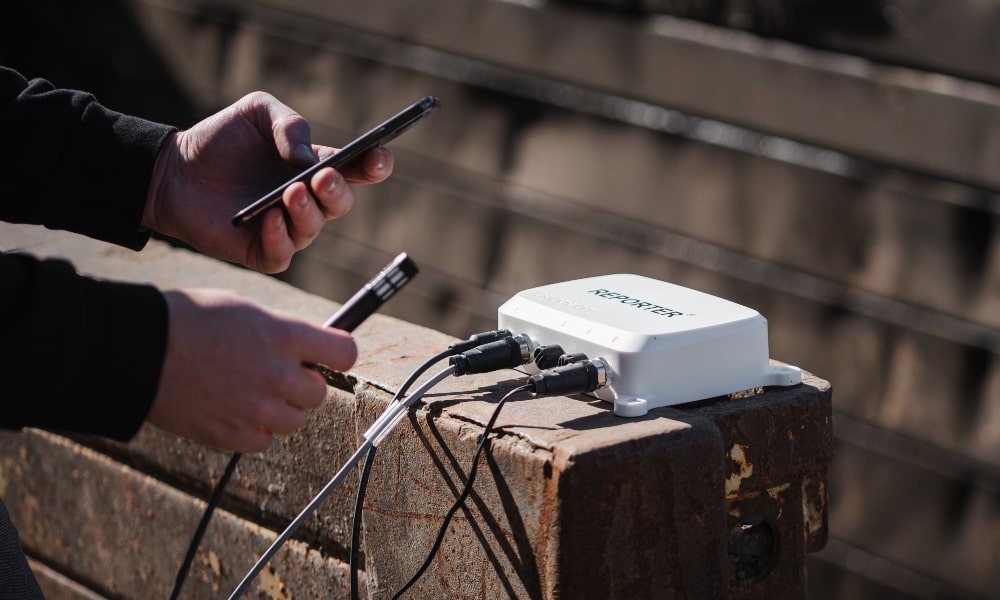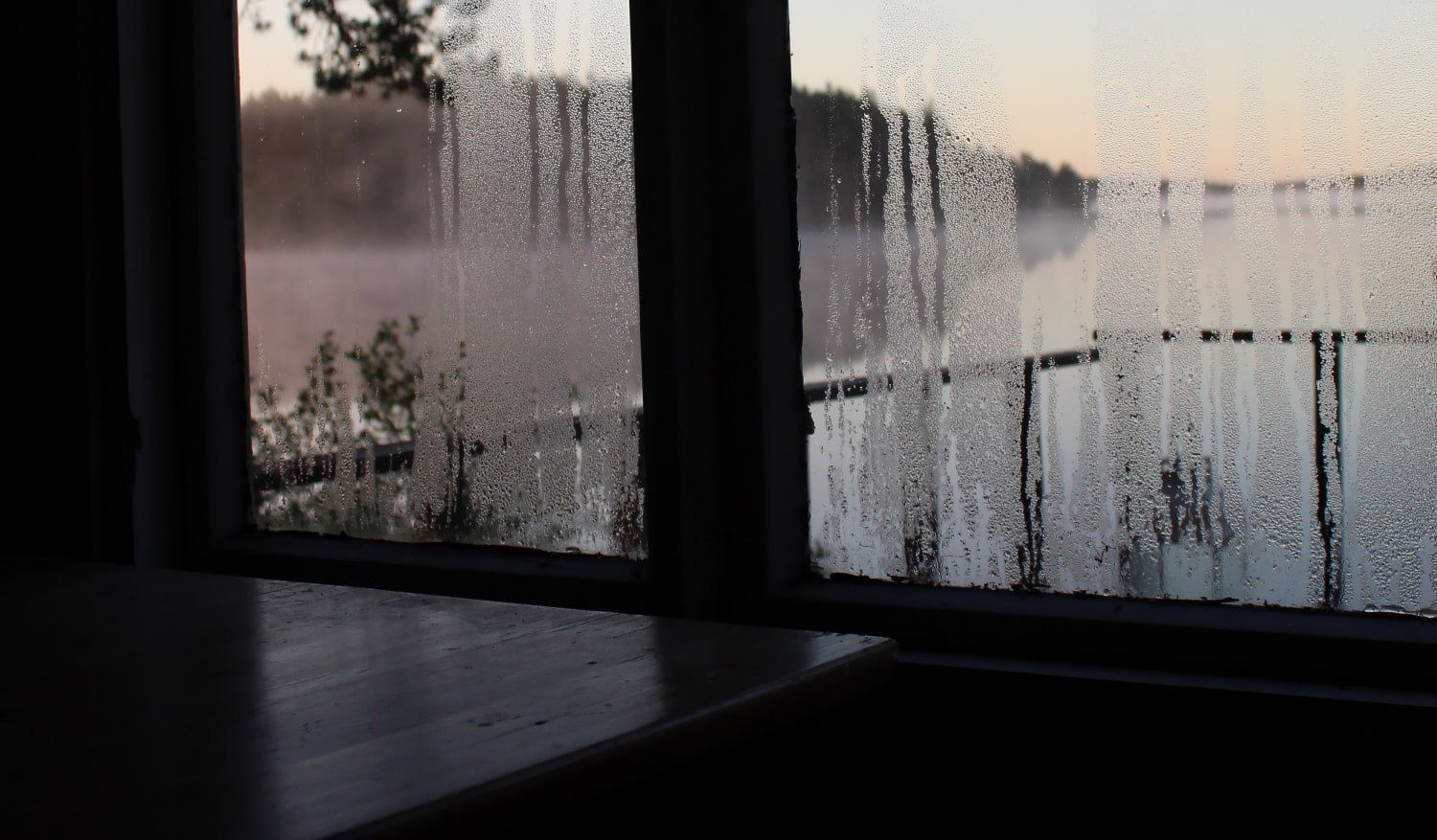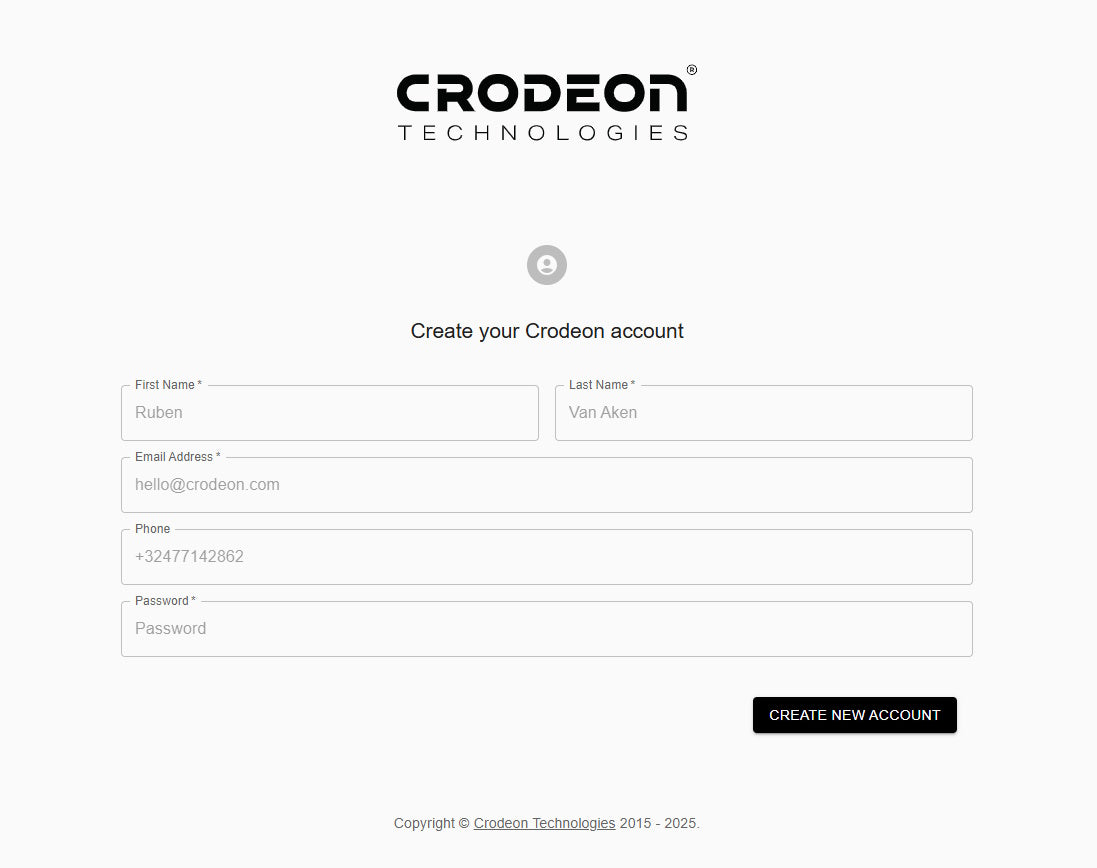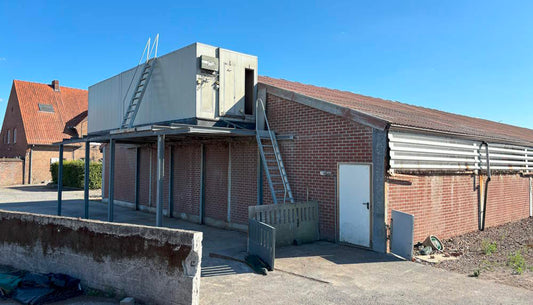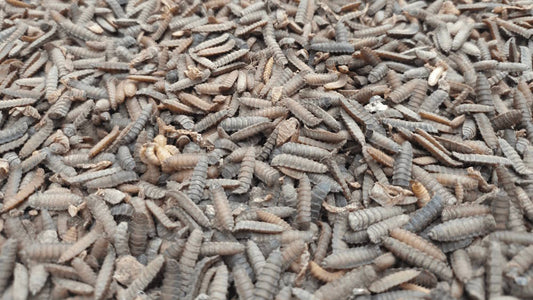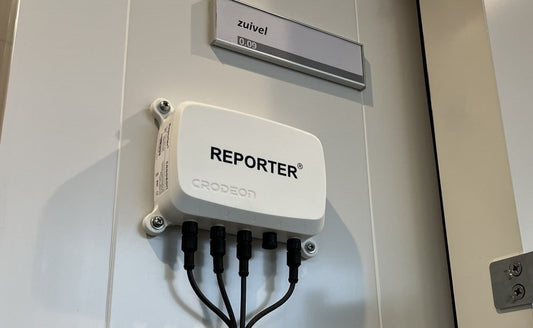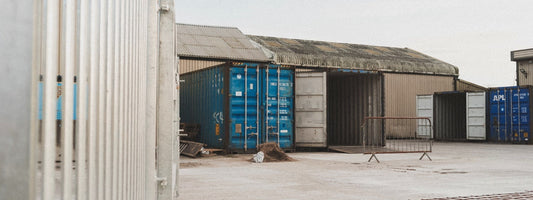Monitoring archive temperature and relative humidity

When you have a priceless collection of paper artefacts and documents in your possession, you naturally want to keep them safe. Monitoring archive temperature and relative humidity helps you keep your archive safe by ensuring the conservation of paper documents.
What causes paper degradation?
Archival paper storage is threatened by environmental factors such as high relative humidity and temperature, as these accelerate the deterioration of paper documents.
Under the influence of heat and moisture, certain chemical processes are kick started. The pH of paper might change and decay. Pests and moulds can also start to form.
To prevent damage, the storage environment is usually monitored and controlled.
It should be obvious that archive records storage needs to happen in a specialised location. Locations with high heat, moisture or fluctuating temperatures such as garages, attics or basements are not suitable. Constant temperature and RH are vital for book and paper conservation.
What should the humidity be for archival storage?
To optimise archival paper storage, experts recommend relative humidity of 30-55%. This prevents mould and creates an environment in which insects are less likely to thrive.
To achieve these levels it can be useful to install a dehumidifier and proper ventilation.
The Canadian Conservation Institute goes as far as to say the following:
“Research supports the theory that at 20°C and 30% RH, the lifespan of a typical woodpulp paper is twice what it would be at 20°C and 50% RH.”
If you want your paper artefacts and documents to last, dry storage is definitely key.

What happens to paper in high humidity?
When storing paper documents in a moist environment, there is a high risk of mould, fungi and insects to start living off your collection. When mould, fungi or insects feed off your records, the original material gets digested and whatever was spared will be stained by either insect droppings or remnants of the mould itself.
Moisture damage like the typical wavy, bubbly texture that redried paper gets is another example of irreversible damage. Even chemical reactions are also more likely to take place inside the paper documents, causing the pH of the paper records and such to change. This reaction is also known as acid hydrolysis.
What happens when humidity is too low for the conservation of paper documents?
Even though the lifespan of paper tends to increase when relative humidity is low, storing paper documents in a storage environment that is too low in RH is dangerous. Handling over-dried materials requires utmost care.
When RH is lower than 15% a paper document storage, the material can get brittle and crack or snap. This desiccation leads to a significant reduction in the flexibility of the paper files. It might become difficult to open books or unroll (parchment) scrolls. Furthermore, the files might even start to shrink or cause adjoined materials to come apart.

What is the ideal temperature for archives?
The colder your archive records storage is, the better this is for book and paper conservation. This low temperature range slows down the deterioration processes that naturally start to occur in aging paper.
The general temperature recommendation is between 16-20°C.
How does temperature affect paper?
Heat accelerates deterioration through the process of oxidation. During oxidation, certain chemical compounds are formed that cause paper to become yellow or brown. During oxidation, the pH of paper also lowers, which speeds up the entire deterioration process. The UV rays in sunlight and lighting also play a role in paper oxidation.
How light endangers the archival storage of photographs and other paper documents
(Sun)light is known to cause colours to fade and certain materials to break down. That paper and photographs might suffer at the hands of light, comes to no surprise. Some pigments fade more quickly than others, which causes coloured documents to sometimes become unrecognisable.
Damage due to light exposure is irreversible and will get worse every time a document or file leaves the darkened paper document storage.
Other dangers for the conservation of paper documents
While temperature, relative humidity and sunlight are the biggest causes for concern when storing paper documents, other factors too can damage paper artefacts.
- Chemical pollutants: certain gases like sulfur dioxide, nitrogen oxides, peroxides, and ozone can catalyse chemical reactions that lower the pH of paper or other organic materials such as leather.
- Water leaks: when a leak is present in or near the storage location, this can certainly negatively affect the storage environment. Leaky roofs, windows, pipes or areas prone to flooding or rising groundwater, should always be avoided.
- Dirt and dust: coarse particles can have an abrasive effect on documents, which is detrimental to the quality and lifespan of said artefacts.

Ways to ensure the conservation of paper documents
To successfully conserve paper records, files, documents, books and other artefacts, indoor climate should constantly be monitored. Archivists must continually measure and log the conditions within the archival collection to ensure the storage remains safe.
When the environmental conditions exceed the temperature and RH limits discussed above, climate control must be activated to ensure a stable environment.
Manual data logging to measure archive temperature and relative humidity
To monitor and measure the indoor climate in an archive or storage, several manual methods can be used. These however can be quite time-consuming, labour-intensive, costly, and easily forgotten. Furthermore, there is the issue of data digitalisation. Keeping this manual data log on paper means that it too can get damaged, or misplaced.
Several ways to conduct a manual measurement are by using humidity strips, hand-held meters or thermometers.
Automatic digital data loggers for book and paper conservation
A good way to prevent losing any time by measuring is to install automatic data loggers. When these measuring devices also have a means to automatically send their collected data to a cloud storage you can simultaneously eliminate any physical (paper) data logs.
Such an automatic logging system will quickly help you save time and money while still keeping your collection safe.
When you choose to install a temperature and humidity monitor and alert system, you can even set alarms. This way you will receive an alarm notification when a certain threshold has been exceeded. For example when humidity spikes above 55% or the temperature exceeds 20°C. Such a data logger is also called a remote monitoring system.

Climate control or environmental control for archive temperature and relative humidity
A remote monitoring system to alert you when your storage environment is not optimal, is one thing. Acting on your alarm notifications by turning on indoor climate control or dehumidifiers, is another.
Proper ventilation too, will help the conservation of paper documents. This allows harmful gases to be expelled from your storage, as high concentrations might cause damage to artefacts.
To optimise your archive it would be wise to install some sort of system that lets you control your indoor environment remotely. Such a temperature and humidity controlled storage can be realised by installing a remote monitoring system that uses a relay output module or a rest API.
A relay output module allows you to turn on and off any connected machine, with the click of a virtual button. This means that you can control a ventilation system, dehumidifiers or coolers, all through your smartphone, for example.
Especially in tropical climates where high temperatures and high humidity are common, this system can be of enormous help.
The IoT system that archivists need
Monica Maceli of the Pratt Institute conducted research to find out what archivists really need in a monitoring system for their archive records storage. This resulted in the following:
- temperature and humidity sensors with high sensor accuracy
- the option to attach additional sensors to measure light (lux), water leaks, flooding etc.
- logging to keep records of when someone entered the storage space
- an affordable all-in-one system which is easy to recharge
- wireless capabilities with remote access over a web application
- data logging and data visualisation within the same system
- access to historic data to be able to analyse or base (risk) calculations off
- a temperature and humidity monitor and alert system that instantly notifies you
All automatic and digitalised while still being effective and easy to use! Easy to use means that the system can be installed and used by someone without prior technical knowledge. This also means that no technical staff or maintenance is needed to keep the system running.

A temperature and humidity monitor and alert system
Environmental factors such as relative humidity and temperature but also light and water leaks, will cause your precious paper files and artefacts to become damaged. A temperature and humidity controlled storage with a remote monitoring system helps you keep your paper document storage safe.
We developed such a system. Reporter is a mobile and autonomous sensor device that lets your measure and monitor whatever you need.
Reporter:
- Works on cellular data.
- Streams its measurements live to the cloud.
- Has a 24/7 accessible cloud platform called the Crodeon Dashboard, which is a web application compatible with pc, tablet and smartphone.
- Has its own data visualisation and historic data (through data export) on the Dashboard.
- Lets you attach up to four professional sensors with high accuracy per device such as a: temperature sensor, temperature-humidity sensor, lux sensor, pressure sensor, submersible level sensor, a limit switch and much more.
- Lets you attach a relay output module, which can turn on or off any climate control through the push of a button on the Dashboard.
- Lets you set alarm notifications based on customisable thresholds.
- Sends these alarm notifications to your phone (text or call) or email. With the option of a cascading alarm, which means that if the first person in line does not respond, the next person will receive an alarm notification.
- Has customisable measurement intervals (30 seconds to 2 hours).
- Is compatible with both grid power and solar power, besides it will send an alarm notification when it has a low battery. You can even set alarm notifications in case of a power outage. On the Dashboard, you can see if the device needs to be recharged.
- Is a plug & play sensor module that was made to be as user-friendly as possible. This means that no prior technical knowledge is needed to install and use Reporter yourself.
Last but not least, Reporter's measurement data can be accessed through a rest API. This means that all data can automatically be imported into your own data logging software. An API can also be used to automatically turn on climate control, when you can program this or have someone program it for you.

Reception and data transfer
Optimal paper document storage would be in a cold, dry and dark place. Away from vibrations from traffic for instance, as this can cause documents to get damaged due to rubbing. When your archive is located in such a near bunker-like location, cellular reception might be a challenge.
This means that you would not be able to mount Reporter inside of your temperature and humidity controlled storage. Don't fret! We have a solution: our sensor cables can be extended to fit your needs. This gives you the opportunity to mount Reporter on an outside wall, while your sensor cables can still reach deep into your archive.
The huge advantage of the use of the GSM network is that a stable WiFi connection is not needed for flawless data streaming.
Keep the past part of the future
Keep your paper documents and artefacts safe by ensuring that the archival storage of photographs and the like, is being watched by a remote monitoring system. Reporter will gladly help you watch over temperature and humidity when you're storing paper documents.
Do you still have questions regarding our temperature and humidity monitor and alert system? Don't hesitate to get in touch!
FAQ
What is the optimal temperature and humidity for storing paper records?
For archival paper storage it is recommended to keep temperature between 16-20°C and relative humidity between 30-55%.
Read more
Sources
- “Temperature, Relative Humidity, Light, and Air Quality: Basic Guidelines for Preservation”
Northeast Document Conservation Center
Ogden, Sherelyn. 1999.
- “Internet of things in the archives: novel tools for environmental monitoring of archival collections”
Records Management Journal
Maceli, Monica. 2020.
- “Environmental Monitoring and Control at National Archives and Libraries in Eastern and Southern Africa.”
Libri
Ngulube, Patrick. 2005.
- “Environmental Guidelines for the Storage of Paper Records”
NISO Press
Wilson, William K. 1995.

